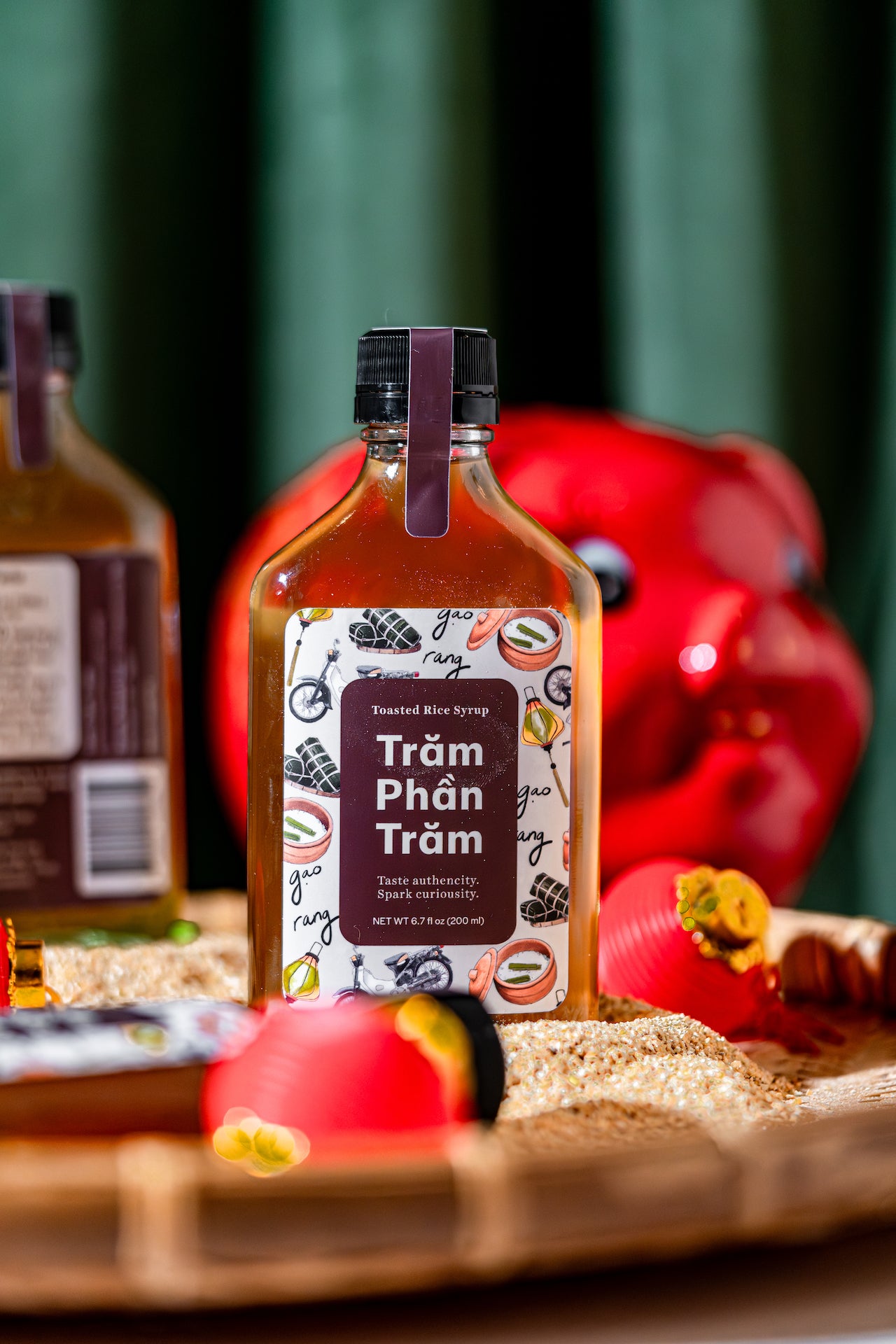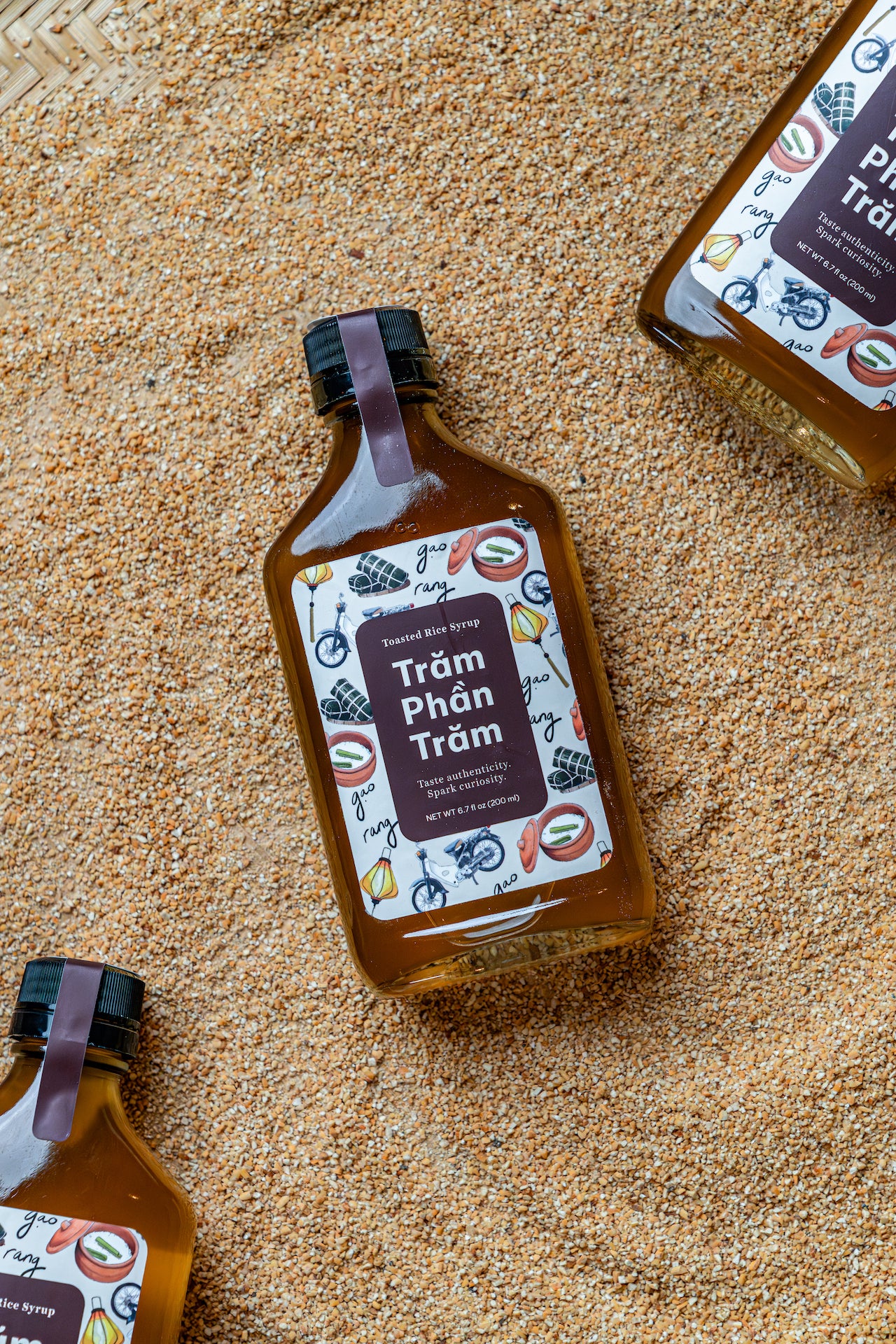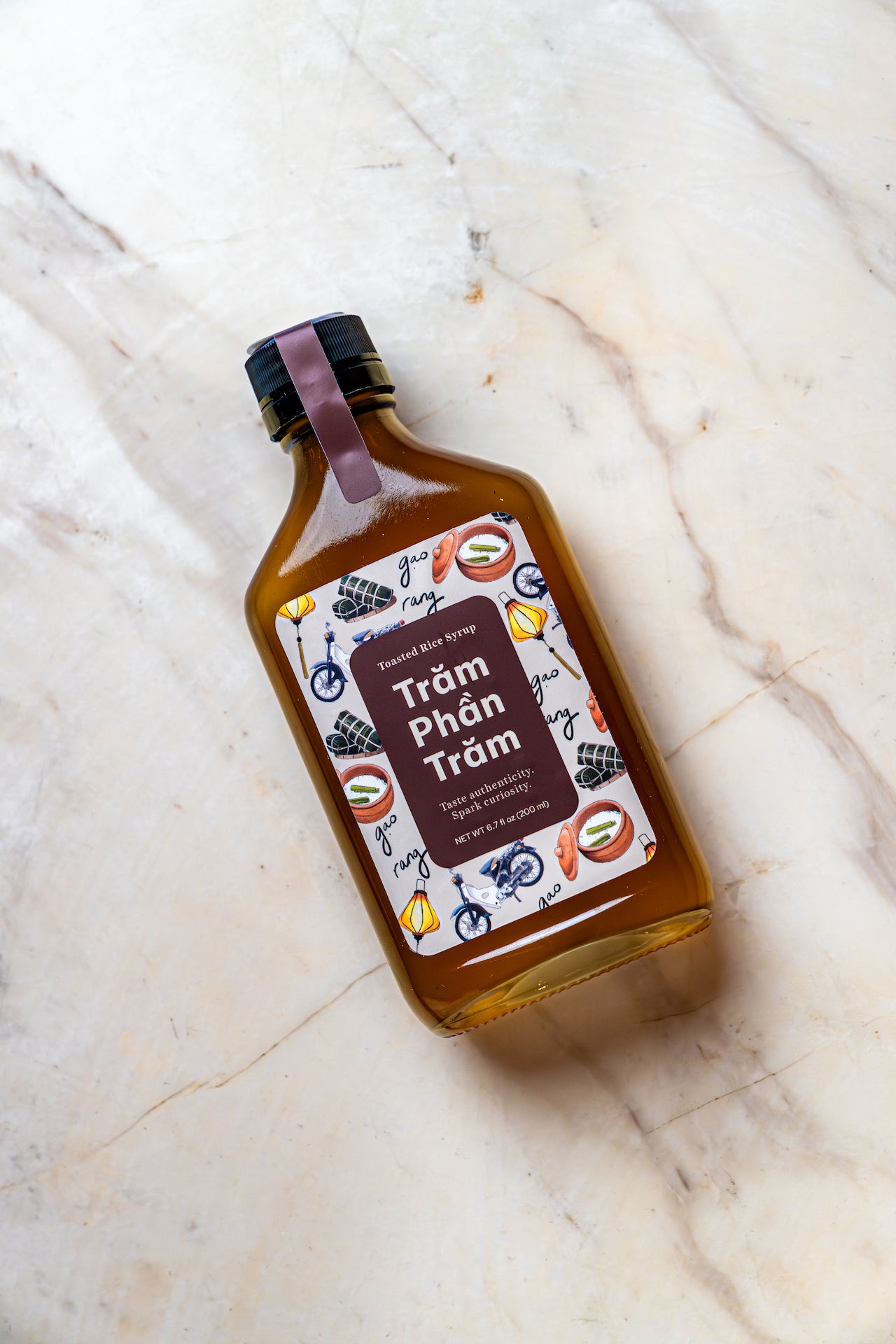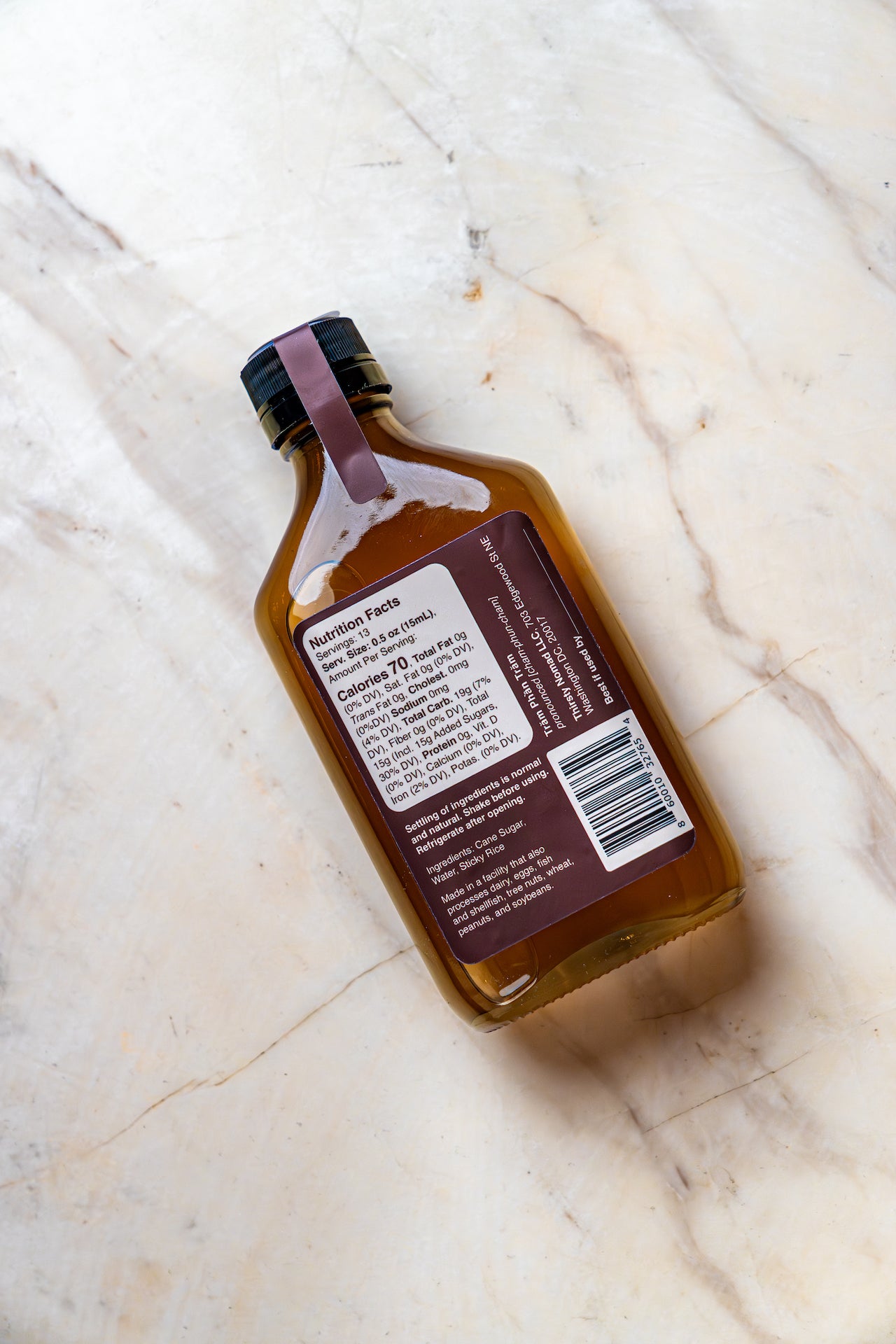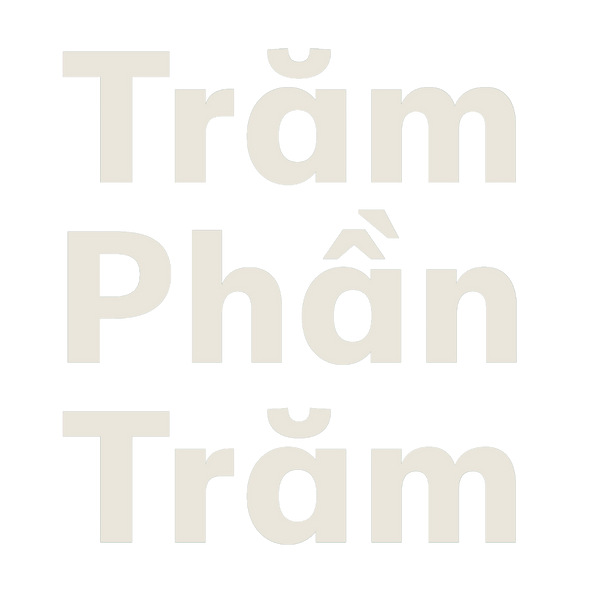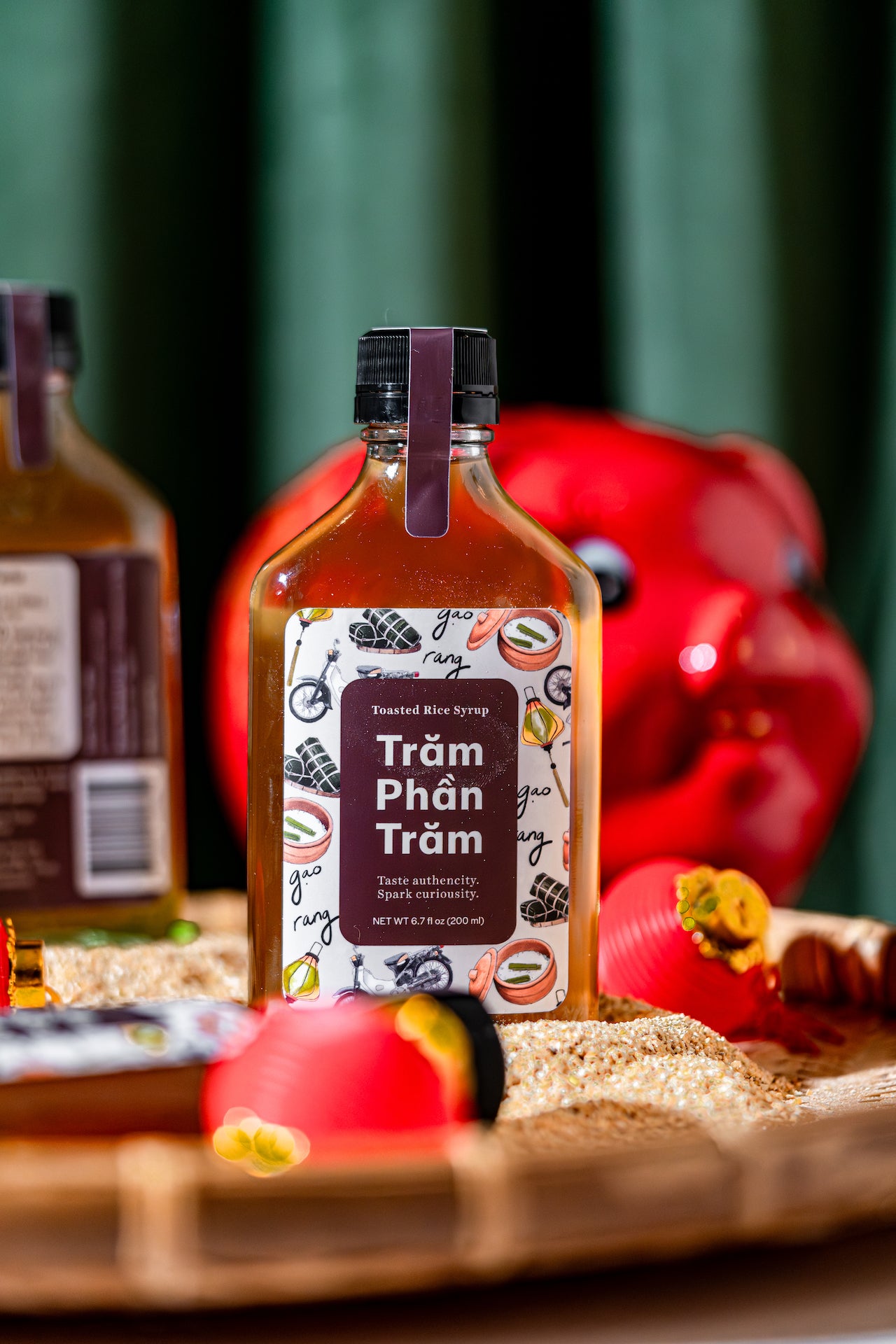Explore the Ingredient: Toasted Rice
Xôi, or sticky rice (also known as glutinous rice), holds a special place in my heart because it reminds me of my time living in Việt Nam. It wasn't just a breakfast dish; it was an exciting culinary journey that I could embark on right on the bustling streets.
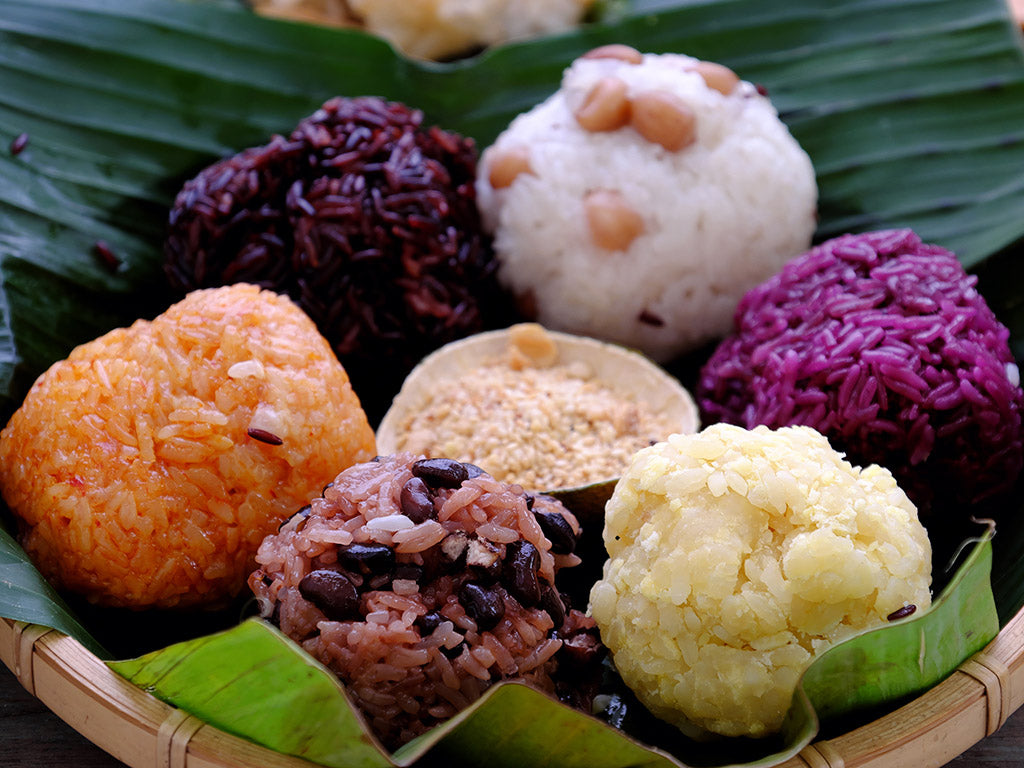
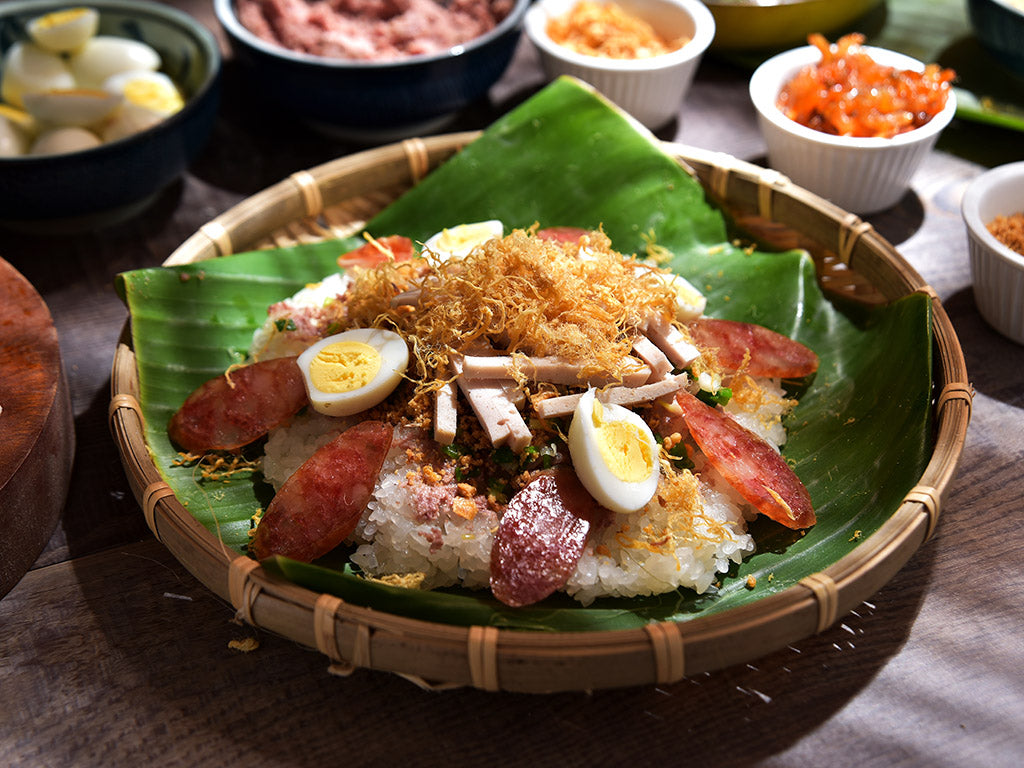
Sweet and Savory Adventures in Vietnamese Sticky Rice
One of my favorite aspects of xôi is the distinct division between sweet and savory options. The sweet xôi offerings were a delightful treat, often prepared with a variety of beans or without them. Mung beans, black-eye peas, peanuts, black beans, and red beans are often mixed with sticky rice, resulting in a symphony of flavors. Whether it was xôi with mung beans or the unique combinations like xôi with black-eye peas, each bite was a burst of sweetness. To add a touch of visual appeal, xôi would be often cooked with natural food colors derived from ingredients like Gac, pandan leaves, magenta plant, straw ash, and flowers of blue pea, resulting in a vibrant array of hues.
On the savory side of things, plain steamed sticky rice took center stage. This simple yet satisfying dish was elevated by a medley of toppings. Vietnamese pork roll, lạp xưởng (Chinese sausage), pork floss, boiled or fried quail eggs, dried baby shrimp, pâte, deep-fried onion, and soy sauce were all carefully arranged on the steamed sticky rice. This delectable creation, known as xôi mặn thập cẩm, was a culinary masterpiece that never failed to tantalize my taste buds.
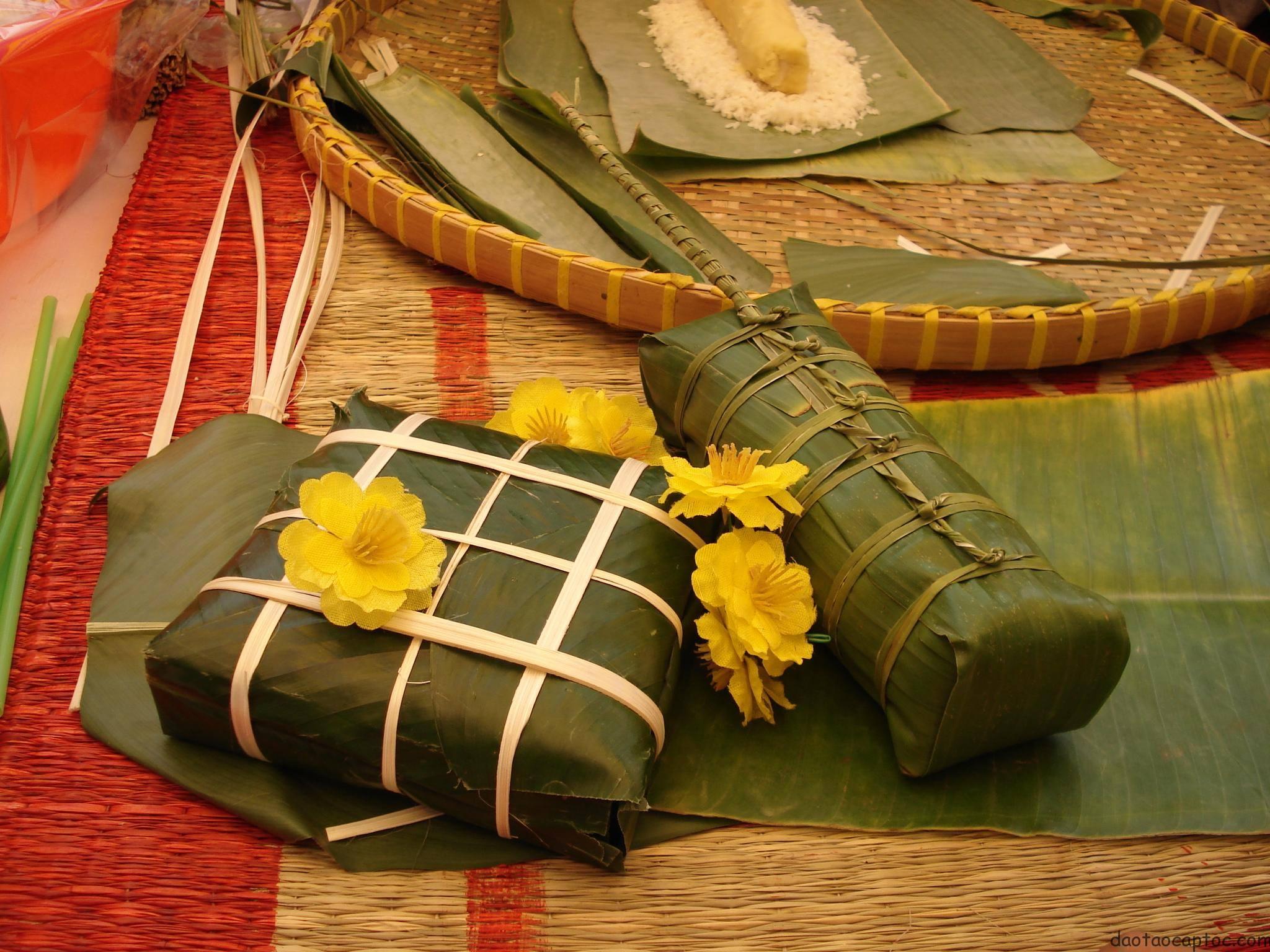
Tết Traditions: Unveiling the Symbolic Power of Sticky Rice
During Tết, the Vietnamese New Year festival, a special type of sticky rice cake called Bánh chưng became a cherished tradition, particularly in North Vietnam. This square sticky rice cake, symbolizing the Earth, was said to have been created by a prince named Lang Liêu to express his love for his father. The process of making Banh chung involved wrapping sticky rice and fillings (mung bean and pork belly) in Dong leaves to form square-shaped cakes. These cakes were then boiled in a large pot for approximately 10-12 hours. The heartwarming act of gathering with family in the days leading up to Tết to cook Bánh chưng became a cherished memory for every Vietnamese person.
As someone from the South of Vietnam, my Tết experience included a different type of sticky rice cake known as Bánh tét. Bánh tét was a must-have during Tết celebrations in the southern region. These cylindrical sticky rice cakes, wrapped in banana leaves, were always presented in pairs. Vietnamese people believed that a pair of Bánh tét symbolized wholeness, completion, and fullness, bringing good fortune for the coming year.
The Irresistible Charms of Sticky Rice Street Foods
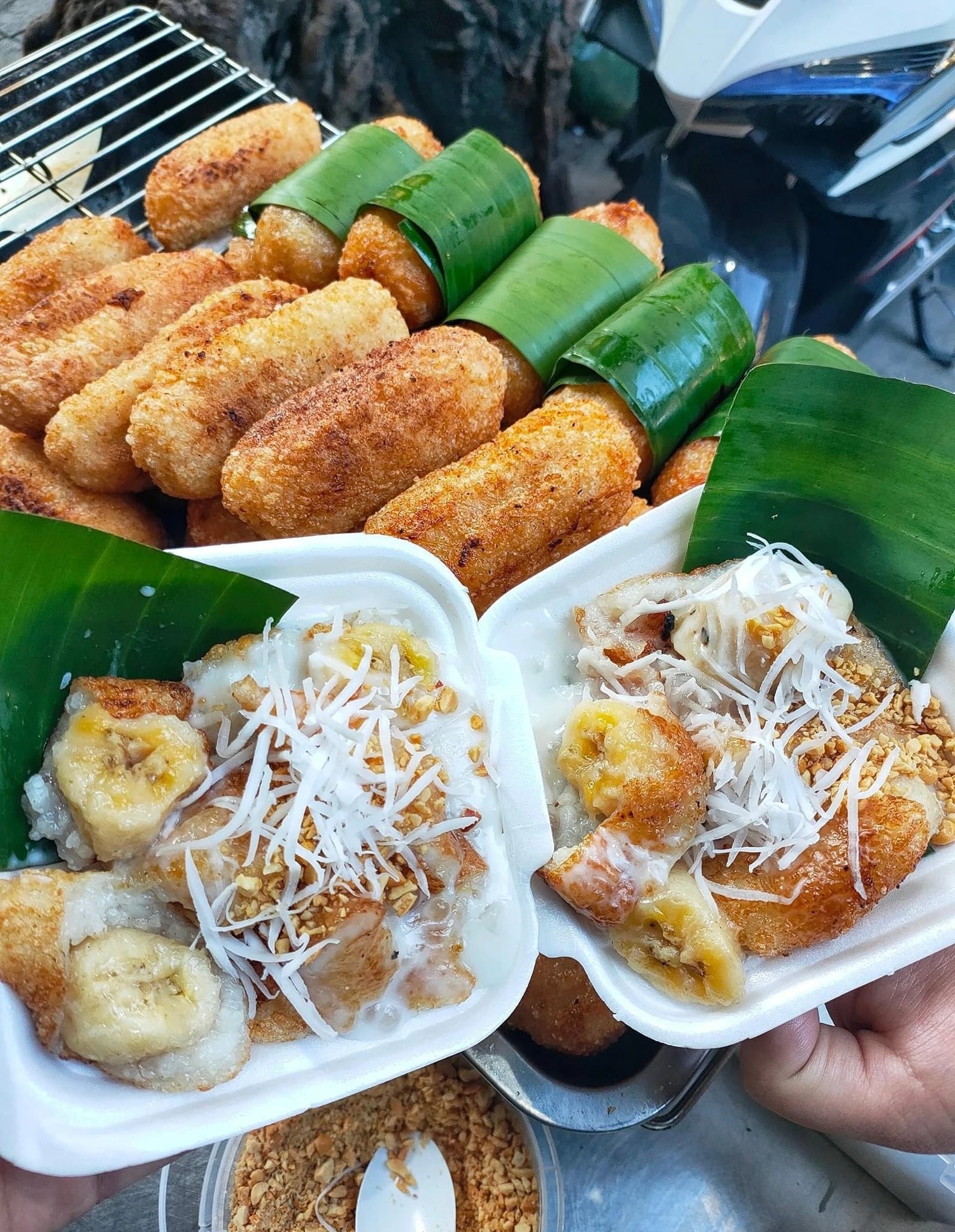
During my recent trip back to Việt Nam, I had the pleasure of discovering a mouthwatering street food delicacy called chuối nếp nướng, which translates to grilled banana wrapped in sticky rice. The main ingredients were simple yet perfectly combined: banana and sticky rice. The process involved steaming the sticky rice, wrapping the peeled banana in the steamed sticky rice, and then wrapping it all again in banana leaves. The final step was grilling the wrapped treat on charcoal until the banana leaves turned a rich brown and the sticky rice wrapper became crisp and golden. Served piping hot, this delicacy was best enjoyed with a creamy coconut milk, adding a luscious touch to the overall experience.
Toasted ‘Sticky’ Rice: A Flavorful Secret in Southeast Asian Cuisine
During my time working as a bartender at a Lao restaurant, I also had the opportunity to explore the diverse culinary landscape of northern Thailand and Laos. To my delight, sticky rice was just as beloved in these regions. Similar to Vietnamese cuisine, sticky rice was prepared in both savory and sweet dishes, offering a range of delectable options. However, what truly fascinated me was the addition of toasted-rice powder as a staple building-block ingredient in Northern Thai and Lao cuisines.
Toasted-rice powder brought a unique texture and a nutty, roasted flavor to dishes like larb, as well as to thickening soups and dipping sauces such as the fiery dried-chile jaew. This magical ingredient was crafted by slowly toasting dry, raw sticky rice in a dry pan until it reached a beautiful golden hue. The toasted rice was then ground into a coarse powder, adding a delightful depth of flavor and creating a truly authentic experience.
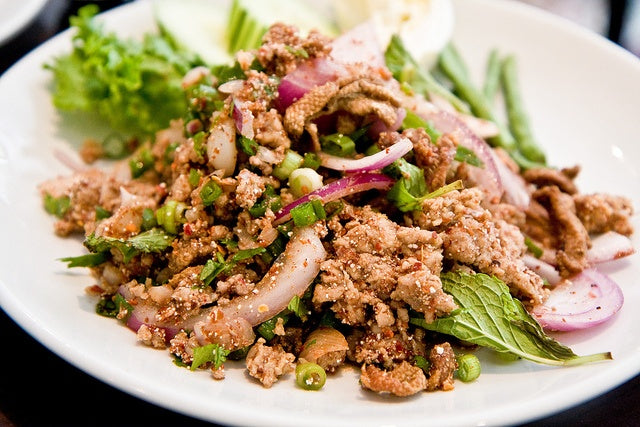
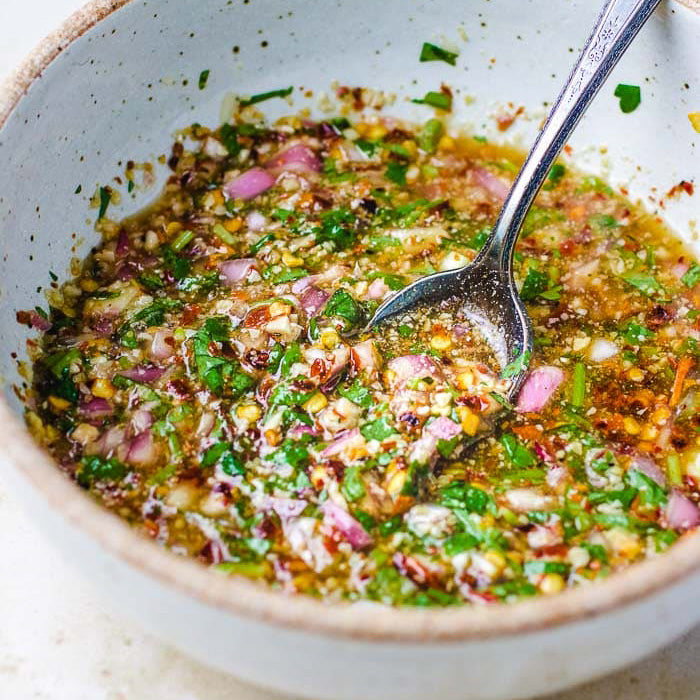
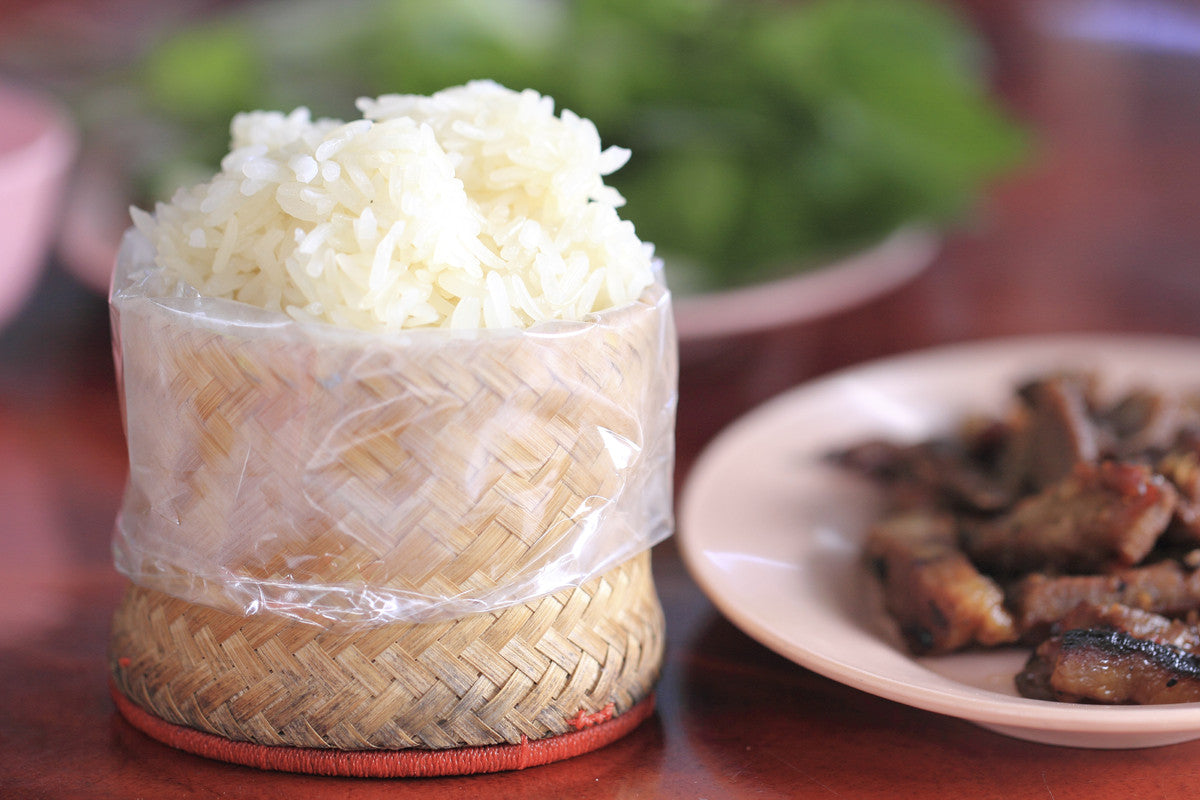
Rice in Cocktails
Rice in cocktails? Absolutely! It may sound unusual, but rice plays a significant role in spirits like sake, soju, and baijiu. However, the real excitement lies in bartenders' innovative approach of adding rice syrup to their cocktail. This adds a delightful richness and well-rounded flavor to the cocktail.
I recall a memorable experiment I had with rice syrup in a refreshing cachaca cocktail. Combining it with cucumber and green tea, I was pleasantly surprised by the results. The rice seamlessly blended with the other ingredients, creating a cocktail that was both complex and harmonious on my palate. It was a wonderful example of how rice can enhance the flavors of a drink, taking it to a whole new level of enjoyment.
From that moment on, rice has become my secret ingredient in crafting cocktails. It has become a personal reminder that crafting drink is a dynamic playground, constantly evolving and inspiring me to push the boundaries of what can be achieved.
Trăm Phần Trăm’s Toasted Rice Syrup
Falling in love with toasted rice's nutty and light smoky notes, I found myself drawn to the idea of crafting a toasted rice syrup. It became my personal mission to capture this unique essence and transform it into a versatile product. The result is a creation that not only elevates classic cocktails to new heights but also sparks the flames of creativity within bartenders and cocktail enthusiasts.
With every drop of this toasted rice syrup, a tale of Southeast Asian culture unfolds, immersing you in a world of diverse flavors and cherish traditions that served as its inspiration.
Toasted Rice Syrup
